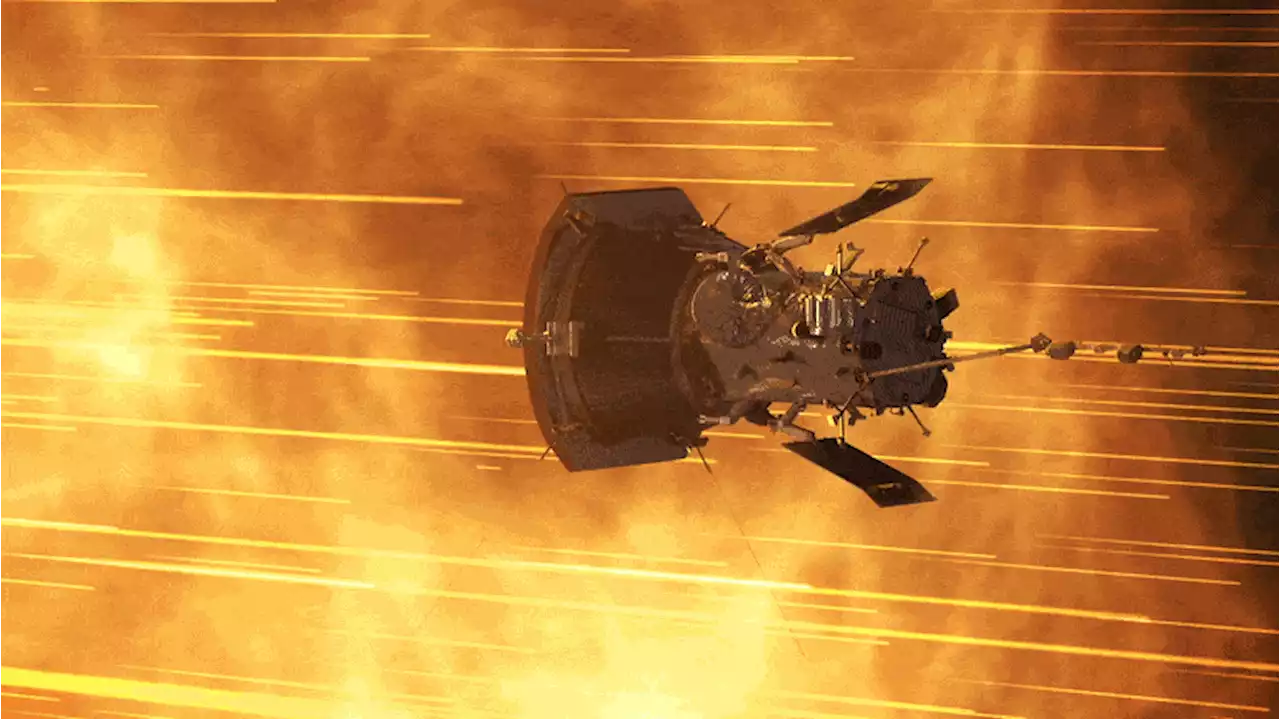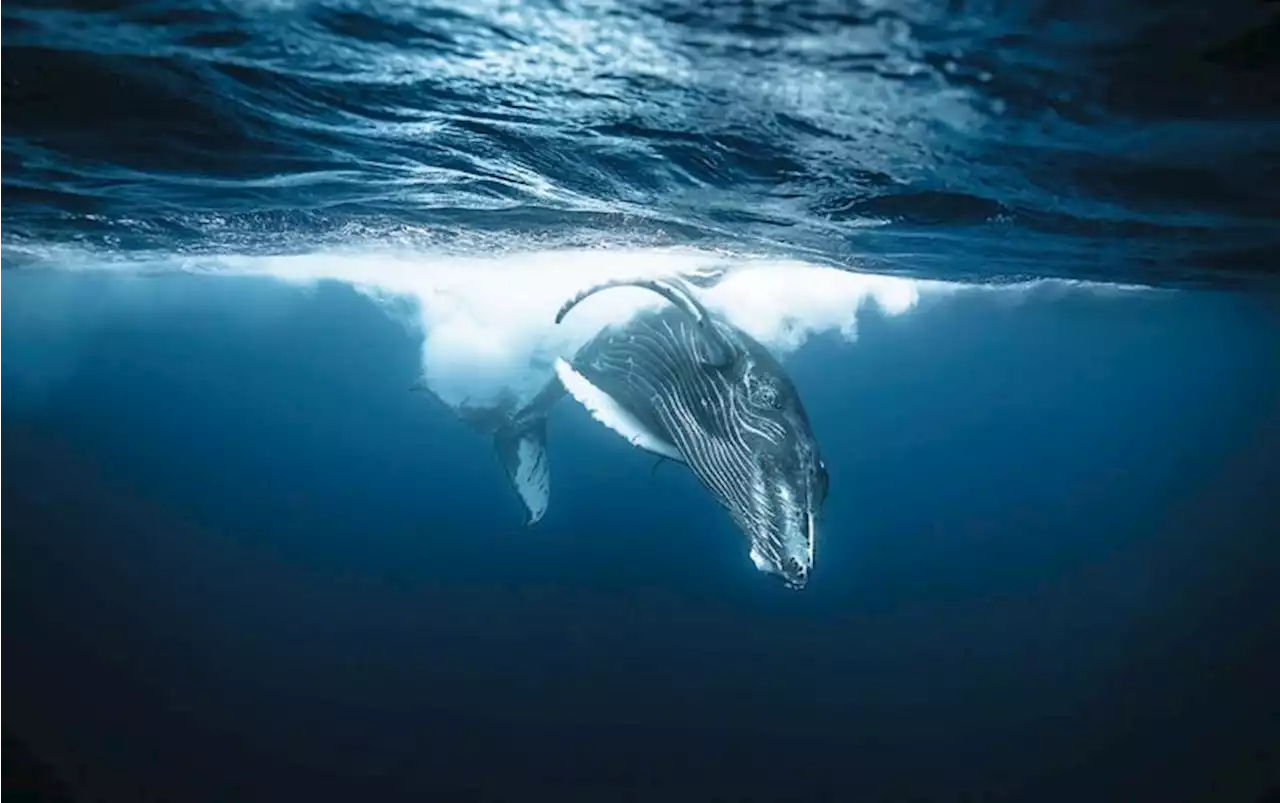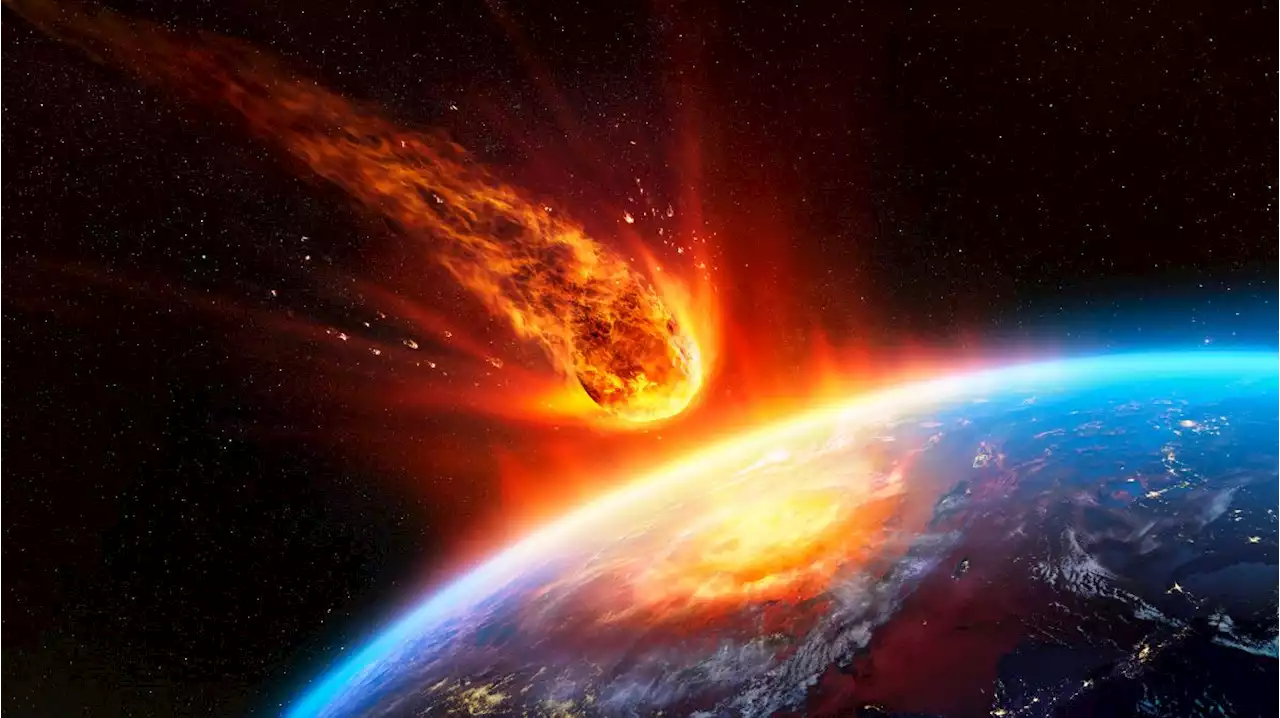Geologists have discovered the earliest evidence of a meteor collision with Earth: tiny fragments of melted rock that showered down on our planet 3.48 billion years ago.
Scientists in Australia have unearthed 3.48 billion-year-old rock fragments that may be the earliest evidence of a meteorite crashing into Earth.
Researchers presented this discovery, which has not been peer-reviewed, at the 54th Lunar and Planetary Science Conference in Texas last week. In a summary of their results , the scientists concluded that the spherules, which they drilled up from a group of volcanic and sedimentary rocks called the Dresser Formation of the Pilbara Craton in Western Australia, are"the oldest evidence of a potential bolide impact in the geologic record of Earth.
"This new research documents ejecta in slightly older rocks, which have an age of 3.48 billion years old ," Chris Yakymchuk , a geologist at the University of Waterloo in Canada who was not involved in the research, told Live Science in an email. The results appear robust, he said, but access to the entire dataset would be necessary to confirm their significance.
Evidence of meteor collisions with Earth is difficult to find and often controversial. Plate tectonics and erosion wear down the planet's crust and can erase traces of ancient strikes, such as impact craters. A 2012 study claiming to have uncovered the world's oldest meteor crater triggered a heated debate among scientists. But when geological forces wipe out a crater, spherules are sometimes all that's left of the event.
United States Latest News, United States Headlines
Similar News:You can also read news stories similar to this one that we have collected from other news sources.
 The Favorite Solar System Moons of Planetary Geologists; An In-Depth DiscussionThe moons of our Solar System have garnered quite a lot of attention in the last few years, especially pertaining to astrobiology and the search for life beyond Earth. From the Galilean moons of Jupiter to the geysers of Enceladus to the methane lakes on Titan, these small worlds continue to humble us with both … Continue reading 'The Favorite Solar System Moons of Planetary Geologists; An In-Depth Discussion'
The Favorite Solar System Moons of Planetary Geologists; An In-Depth DiscussionThe moons of our Solar System have garnered quite a lot of attention in the last few years, especially pertaining to astrobiology and the search for life beyond Earth. From the Galilean moons of Jupiter to the geysers of Enceladus to the methane lakes on Titan, these small worlds continue to humble us with both … Continue reading 'The Favorite Solar System Moons of Planetary Geologists; An In-Depth Discussion'
Read more »
 Geologists checking hillsides threatening Southern California apartment buildings as more rain fallsAs the latest rain storms saturated the region, officials were keeping a watchful eye on landslide areas in San Clemente and Newport Beach, where recent hillside collapses prompted the evacuation o…
Geologists checking hillsides threatening Southern California apartment buildings as more rain fallsAs the latest rain storms saturated the region, officials were keeping a watchful eye on landslide areas in San Clemente and Newport Beach, where recent hillside collapses prompted the evacuation o…
Read more »
 Massive Solar Eruption Blasts NASA Probe Head-On Before Impacting EarthA massive eruption of solar material, known as a coronal mass ejection or CME, was detected escaping from the Sun at 11:36 p.m. EDT on March 12, 2023. The CME erupted from the side of the Sun opposite Earth. While resarchers are still gathering data to determine the source of the eruption, it is
Massive Solar Eruption Blasts NASA Probe Head-On Before Impacting EarthA massive eruption of solar material, known as a coronal mass ejection or CME, was detected escaping from the Sun at 11:36 p.m. EDT on March 12, 2023. The CME erupted from the side of the Sun opposite Earth. While resarchers are still gathering data to determine the source of the eruption, it is
Read more »
 No One Knows How the Biggest Animals on Earth—Baleen Whales—Find Their FoodHow do giant filter-feeding whales find their tiny prey? The answer could be key to saving endangered species
No One Knows How the Biggest Animals on Earth—Baleen Whales—Find Their FoodHow do giant filter-feeding whales find their tiny prey? The answer could be key to saving endangered species
Read more »
 Asteroid to come between Earth and moon this weekendThe asteroid is estimated to be the size of a hockey rink, making it a relatively large near-Earth object.
Asteroid to come between Earth and moon this weekendThe asteroid is estimated to be the size of a hockey rink, making it a relatively large near-Earth object.
Read more »
